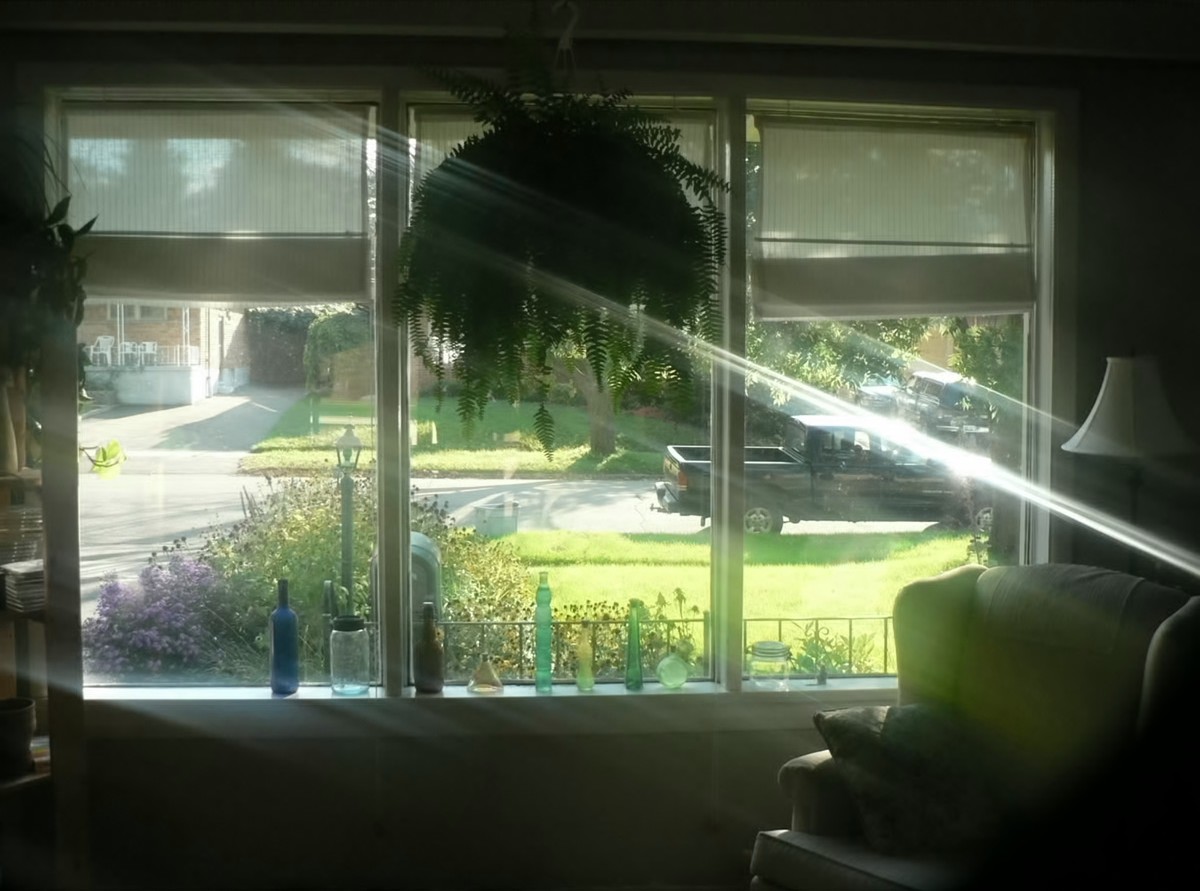Warning: Indoor Sunlight Can Be Dangerous To Your Health

Light. Just the sound of the word makes one think positive thoughts. But don’t be fooled. Light may be your friend, but it can also be your enemy.
It sounds preposterous, but when it comes to your indoor spaces, light, particularly sunlight, does not always do good.
It has long been established that prolonged exposure to sunlight can be detrimental because of the ultraviolet rays present in it. Ultraviolet A and B (UVA and UVB) rays are constantly present in sunlight and can cause premature ageing, skin cancer and eye cataracts among many other health problems. Most people think that by staying indoors they stay safe and away from these problems, but recent studies have proven this false.
According to Perry Robins, MD., the president and founder of The Skin Cancer Foundation, UVA radiation can penetrate glass windows and cause the same damaging health effects as full exposure to sunlight outdoors. This is supported by a report which was published in Clinical Interventions in Aging, which showed that people who worked indoors near windows displayed more signs of aging on the side of their face which was near the window, resulting in what is called asymmetrical facial damage.
What makes indoor sunlight even more dangerous than its outdoor equivalent is that most people are misinformed about it. Most people tend to think that just because there is a pane of glass between them and the sunlight that the damaging effects of UVA radiation are minimised. Those that use air conditioning in their homes also run the risk of getting more indoor exposure to sunlight’s harmful UVA rays.
With the cold air around them, people are less likely to notice the heat and the actual amount of sunlight they are getting exposed to indoors. So if you think you’re safe inside your home from the damaging rays of the sun, you better think again.
Aside from the very damaging effects to our health, constant sunlight entering indoor spaces can also have the following negative consequences:
Constant exposure to heat and sunlight can cause furniture to fade or crack.
Abundant indoor lighting can make everything indoors more visible to outsiders. This can decrease the safety and security of those inside.
Sunlight brings with it heat, which can be an advantage for indoor spaces during the cold seasons, but excruciating during the summer months. With too much heat indoors you’ll also be increasing your electrical costs just to keep cool.
But just because indoor sunlight can be disadvantageous doesn’t mean you have to live in complete darkness. Simply having window coverings like window films, curtains, blinds and shutters can make all the difference. With window coverings, you can control exactly how much light you let into your space, thereby eliminating the disadvantages of direct sunlight without taking away the pleasant environment that natural lighting can often create.
You should also make a habit of applying sun protection to your skin even if you’re staying mostly indoors, since sunlight can still pass through open doors and windows.
Light is generally good, but too much of a good thing can be bad. Make sure to make sunlight your friend indoors by practising the right preventive measures.
License: Creative Commons image source
License: Image author owned
By Debra Wright
Debra Wright doesn’t say much, but when she does, she prefers to write it down. Among the things she’s written are helpful how-to’s and interesting insights on beauty secrets. If you’d like to learn more about beauty secrets, follow Debra on twitter @debrawrites…
